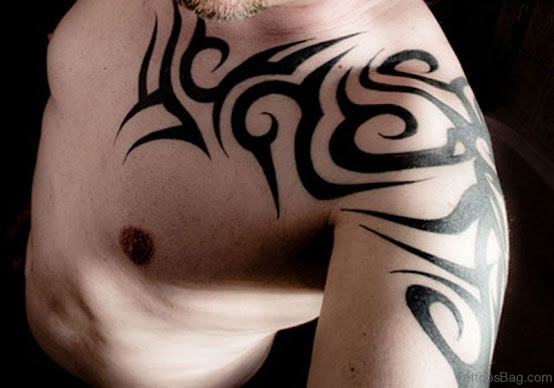Rejuvi Tattoo Removal Side Effects: A Complete Guide
Tattoo removal has become increasingly popular, with various methods available to erase unwanted tattoos. One of the most effective and innovative options is Rejuvi tattoo removal. While this method offers promising results, it’s important to understand the potential side effects and how to manage them. In this guide, we will explore the common side effects associated with Rejuvi tattoo removal and how to ensure a smooth recovery.
What is Rejuvi Tattoo Removal?
Rejuvi tattoo removal (الآثار الجانبية لإزالة الوشم ريجوفي) is a non-laser technique that uses a specialized cream to remove tattoos. The procedure involves the injection of the Rejuvi solution into the skin, which interacts with the ink particles and causes them to break down. Over time, the body’s natural healing process helps to expel the ink, ultimately leading to the removal of the tattoo. Though the procedure is generally safe, there are side effects that you should be aware of.
Common Side Effects:
Like any cosmetic procedure, Rejuvi tattoo removal may come with some temporary side effects. The most common issues include redness, swelling, and mild irritation around the treated area. These reactions are typically part of the body’s natural healing process and usually subside within a few days after treatment. However, it’s essential to monitor these reactions closely to ensure they don’t become severe.
Skin Sensitivity and Discomfort:
Some individuals may experience increased skin sensitivity or discomfort after a Rejuvi tattoo removal session. This can manifest as a slight burning or stinging sensation, particularly during the first few hours post-treatment. This discomfort is usually mild and can be managed with over-the-counter pain relief options. If the discomfort persists or becomes unbearable, it’s advisable to seek professional advice to rule out any complications.
Blistering and Scabbing:
In some cases, the treated area may develop blisters or scabs. While this can be alarming, it’s important to remember that this is a normal part of the healing process. The formation of blisters indicates that the body is working to expel the tattoo ink from the skin. It’s essential to avoid picking at the blisters or scabs to prevent infection and scarring. Proper aftercare and keeping the area clean will help reduce the risk of complications.
Risk of Scarring:
One of the more serious side effects of Rejuvi tattoo removal is the risk of scarring. Although the procedure is designed to minimize the chances of permanent scarring, improper aftercare or excessive irritation to the skin can increase this risk. To avoid scarring, it’s important to follow the aftercare instructions carefully, avoid sun exposure, and refrain from scratching the treated area. If you notice signs of severe scarring, consult with a professional for further guidance.
Infection Concerns:
As with any procedure that involves breaking the skin, there is a slight risk of infection after Rejuvi tattoo removal. Signs of infection may include increased redness, warmth, or the presence of pus. It’s crucial to follow proper hygiene practices during the recovery period to minimize the chances of infection. If you suspect an infection, it’s important to seek medical attention promptly to prevent further complications.
Changes in Skin Pigmentation:
Another potential side effect of Rejuvi tattoo removal is changes in skin pigmentation. Some individuals may experience either hypo-pigmentation (lightening of the skin) or hyper-pigmentation (darkening of the skin) in the treated area. This is typically temporary and can resolve over time, but in rare cases, the pigmentation changes may persist. Protecting the treated area from the sun and using topical treatments can help manage pigmentation issues.
Managing Side Effects Effectively:
To manage side effects effectively, it’s essential to adhere to the aftercare instructions provided after each Rejuvi tattoo removal session. Keeping the treated area clean, moisturized, and protected from the sun will help reduce the likelihood of severe reactions. Additionally, applying cold compresses during the initial recovery phase can help alleviate swelling and discomfort. If you experience persistent or severe side effects, it’s always best to consult with a professional to ensure proper healing.
Conclusion:
Rejuvi tattoo removal is an effective option for those seeking to remove unwanted tattoos, but like any cosmetic treatment, it comes with potential side effects. While most side effects are temporary and manageable, it’s important to understand the risks involved and take proper precautions during the healing process. By following aftercare instructions and staying vigilant about potential complications, you can ensure the best possible outcome from your tattoo removal journey.




Comments
Post a Comment